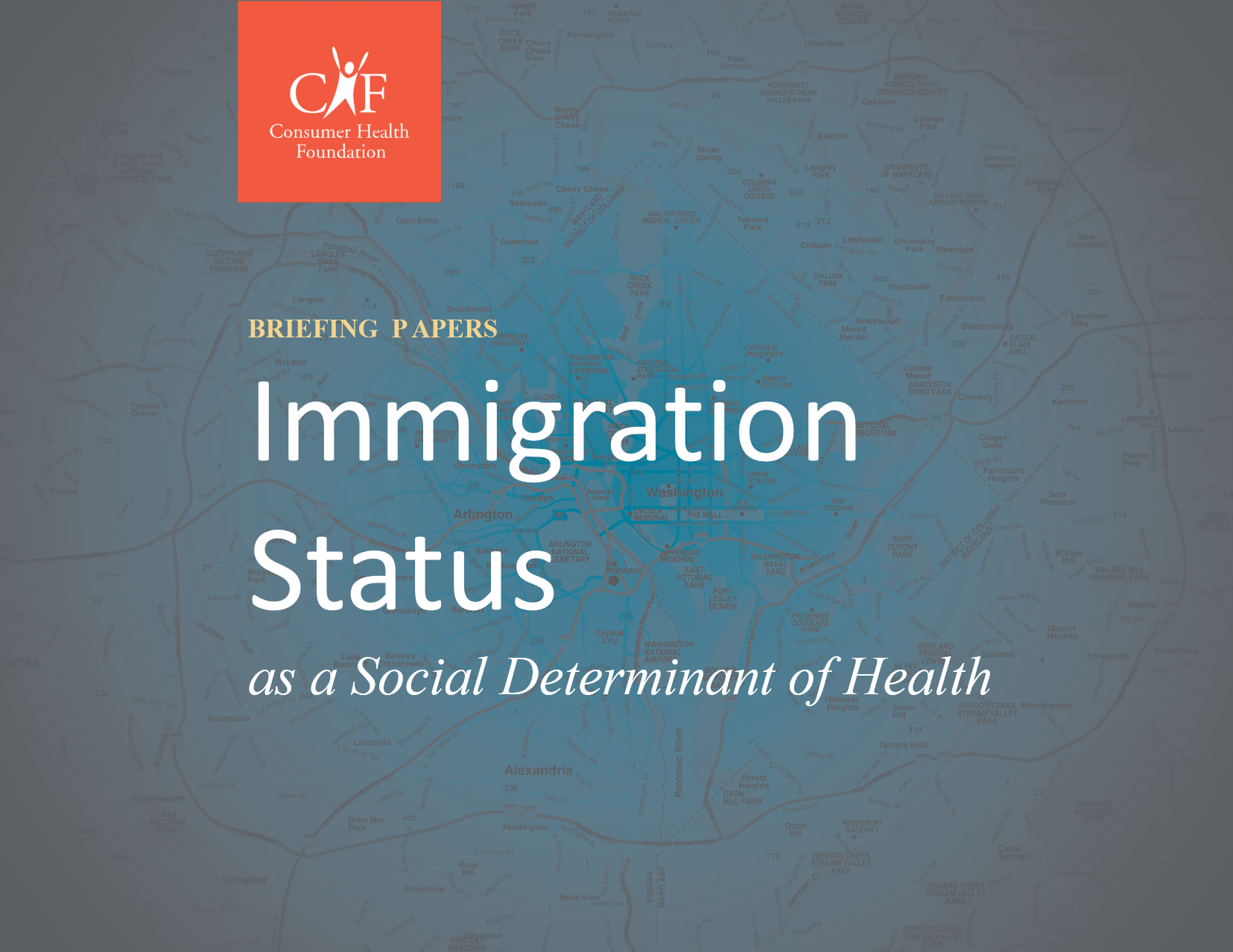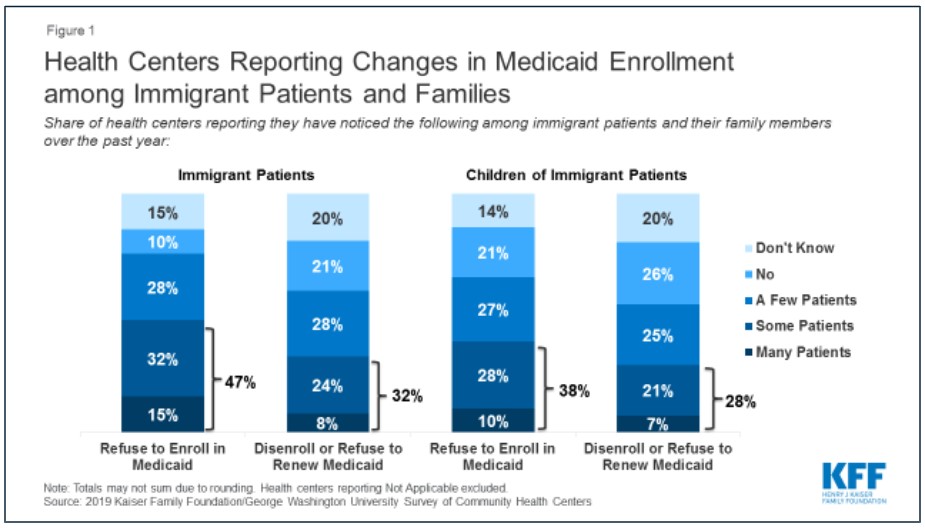The DC metropolitan area has the seventh highest number of foreign-born residents among all metropolitan areas in the U.S.; nearly one in every four residents is an immigrant (24%), compared to 13% nationwide. Immigration status is complex, and not all immigrants have the same backgrounds, experiences, opportunities, or pathways to citizenship. Residents who entered the country without documentation, or those who remained after their status expired, do not hold legal status. Immigrants who entered the country legally have documentation granting them permanent or temporary status. Residents holding refugee status, asylum, and other protected statuses were granted legal admission due to violence, war, persecution, or extraordinary conditions in their home countries, and may be eligible for certain services through the Office of Refugee Resettlement. Some immigration categories enable individuals to work and/or permanently reside in the U.S. and apply for a green card. Although green cards provide a pathway to citizenship, even green card holders do not have the same access to public benefits as U.S. citizens, and unlike citizens, may become deportable under certain circumstances. As immigration statuses vary widely within communities and even families, it is a mistake to make assumptions or generalize about immigrant populations.
Immigration is a lived experience that can directly impact health due to the complex interplay of conditions in a country of origin, during migration, and in the destination country. Exposure to trauma in a home country and during travel, family separation and reunification, and adjustment to a new language, culture, and environment are a few examples of the many major stressors that immigrants living within the region may experience. Once in the United States, immigrants are more likely to experience unsuitable or unsafe housing conditions, exploitation or discrimination in the workplace, poverty, and malnutrition than native-born citizens. Social and emotional isolation and upticks in public displays of anti-immigrant sentiments may directly impact health, in addition to creating reluctance to seek assistance. Undocumented and mixed-status families may experience these and additional stressors, such as fear of deportation.
In the United States, immigration status also determines access to publicly funded health coverage, income support and other entitlement programs. Undocumented immigrants are not eligible for Medicaid, the Children’s Health Insurance Program or federally subsidized health insurance under the ACA. Undocumented immigrants are additionally barred from purchasing insurance plans available through the state and federal health care exchanges. Proof of income, state residency and immigration status are requirements for Medicaid and CHIP eligibility. Even many lawfully present immigrants must have established residency in the US at least 5 years before becoming eligible for entitlement programs or subsidized health insurance.
To learn more about immigration as a determinant of health in this region, check out the resources below.

















